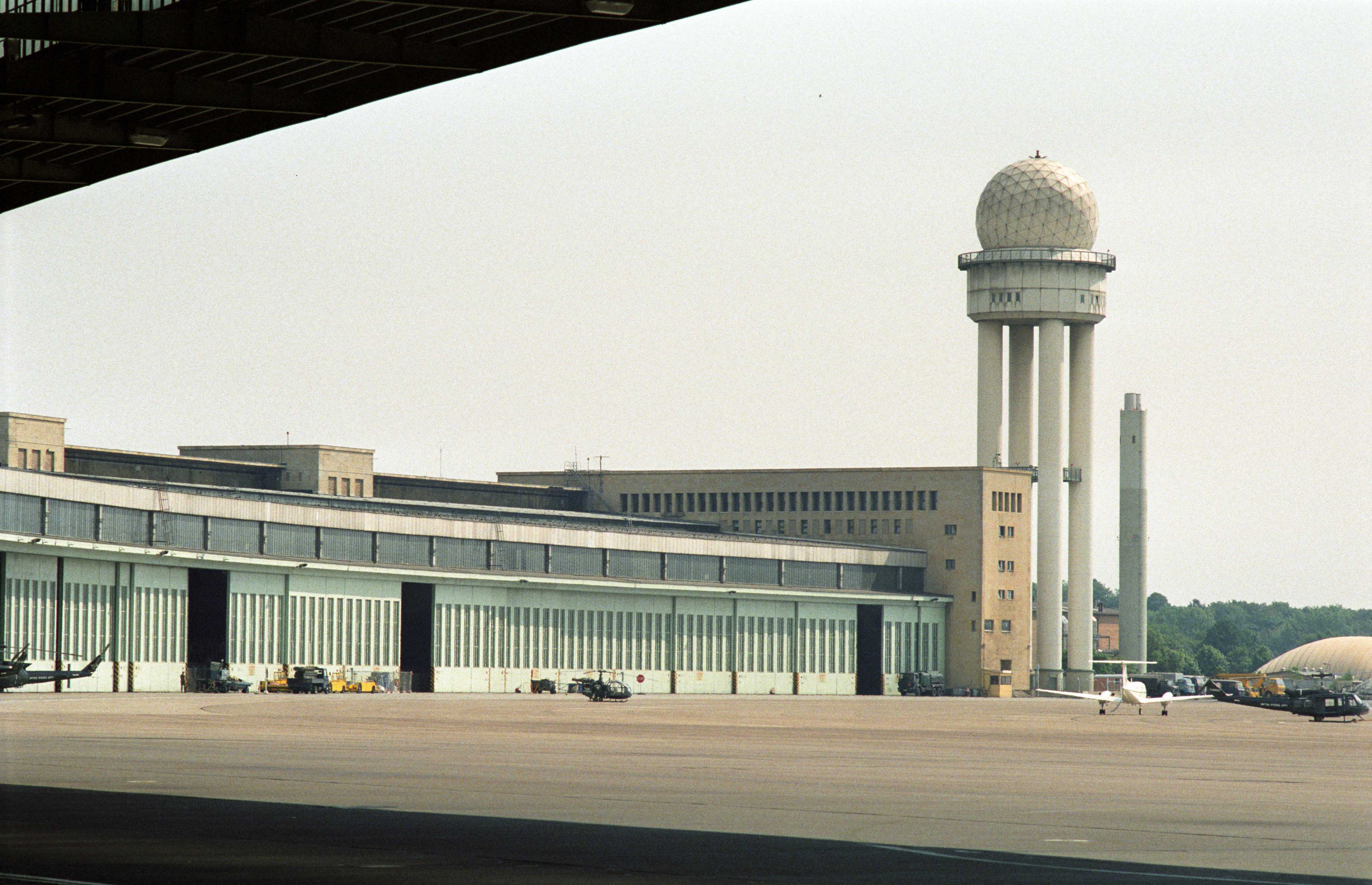
2014 |
On 25 May 2014, a referendum is held on the preservation of Tempelhofer Feld. The majority of the Berlin population votes in favour of the draft law of the citizens' initiative "100% Tempelhofer Feld". The law on the preservation of the Tempelhofer Feld comes into force on 25 June 2014. |
2012 |
Tempelhof Airport establishes itself as an international event location for trade fairs and conventions. Other parts of the building are renovated to improve energy efficiency and converted into a creative and start-up centre. |
2010 |
Opening of the park “Tempelhofer Freiheit” on the former airport premises; it is open from sunrise to sunset. |
2009 |
Trade fairs are held for the first time in the buildings of the former airport. |
2008 |
A referendum confirms the final closure of the airport. On the evening of the 30 October 2008, a “raisin bomber” and a Junker Ju-52 take off from Tempelhof for the last time. |
1996 |
As shareholders, Berlin, Brandenburg and the Federal Government decide to build Berlin Brandenburg International Airport (BBI), today Berlin Brandenburg Airport (BER), which will be built in Schönefeld. Tegel and Tempelhof will be closed in re-turn. |
1993 |
The US Air Force hands the airport over to the Berliner Flughafengesellschaft. |
1990 |
Domestic flights resume after the fall of the Berlin Wall. |
1975 |
Since the airport had reached the limits to its capacity in the 1960s, operations are suspended after construction of Tegel Airport. |
1961 |
The airport serves as one of several Berlin settings for Billy Wilder’s famous film “One, Two, Three”. |
1951 |
Tempelhof Airport is released for civil air and freight traffic by the American occupation forces. |
1948 |
During the Berlin blockade from June 1948 to May 1949, Tempelhof Airport becomes the take-off and landing site for the “raisin bombers” which assures the provision of vital supplies for the people in West Berlin and drops sweets, sometimes borne by handmade parachutes, to the delight of the children. A memorial designed by Eduard Ludwig still stands today, reminding us of the three air corridors and bearing the names of the 76 pilots who were killed in accidents during the Airlift. |
1945 |
The forced labourers are freed by the Red Army. In July, the Red Army hands the airport over to US forces. After undergoing extensive repairs, the airport, now called “Tempelhof Central Airport” (TCA), commences operations again. |
1939 |
The construction site of the planned new airport becomes one of the world’s largest assembly buildings for bomber planes. The work is later done by forced labourers brought in from countries occupied by Germany. |
1936 |
The construction of an airport designed to handle six million passengers begins; the scale is in line with the megalomaniac project of a “World Capital Germania”. However, this airport is never completed. |
1934 |
At the instigation of the National Socialists, planning begins for a “large airport”, and the architect Ernst Sagebiel is awarded the contract for its design. |
1934 |
The expansion of the airport begins; Tempelhof becomes the most modern airport of the time, featuring separate functional levels for passenger and post/freight traffic. |
1926 |
The first scheduled flights to Dübendorf (Switzerland) and Munich take off. |
1924 |
The Berliner Flughafen-Gesellschaft mbH is founded. The expansion of the airport also begins in 1924. It is the only airport in the world with a direct connection by underground (U6, underground station Paradestrasse). |
1923 |
Air traffic operation begins. |
1922 |
A new central airport is planned for construction on Tempelhofer Feld, although the area was originally marked for the construction of a trade fair area. But a small airport with two wooden buildings, each of them with an area of 1,000 square metres, is built instead. |
1909 |
Orville Wright, who together with his brother Wilbur was the first person to fly a steered motorised aircraft, organises an air show lasting several weeks at Tempelhofer Feld, a former parade ground. In September 1909, he succeeds in staying in the air for one hour and sets a new world record for altitude of 160 metres. |

